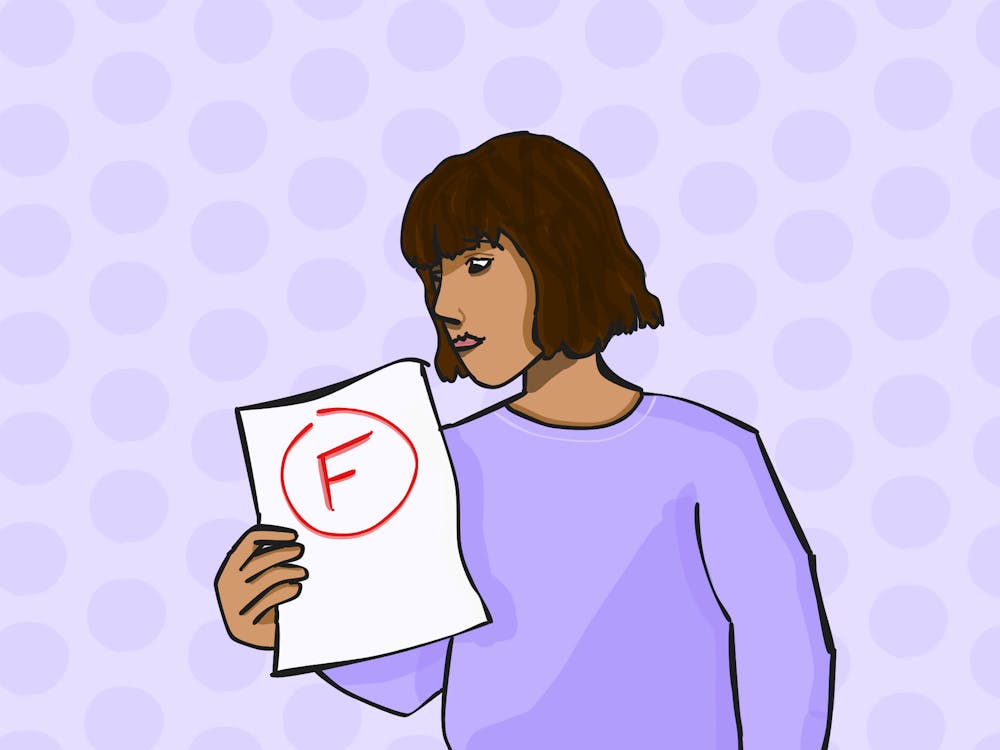After his expulsion from the University for gambling debts 181 years ago, Edgar Allan Poe finally makes his return.
One might argue, however, that he never left, for Poe remains a central figure in the University’s academic and cultural life. The Raven Society, a prestigious honor society, is named for him, and his character makes numerous appearances throughout the year at literary readings and occasionally graduations. His room on the West Range — room 13 — also is immortalized and permanently preserved.
“No other famous alum has that presence here,” University Exhibits Coordinator Mercedes Procaccini said.
In celebration of Poe’s 200th birthday this year, the Harrison Institute and Special Collections Library collaborated with the Harry Ransom Center from the University of Texas at Austin to sponsor the exhibition “From Out That Shadow: The Life and Legacy of Edgar Allan Poe.” The opportunity arose after discussions between the University and the Harry Ransom Center, as both have significant collections of Poe-related artifacts, Procaccini said.
“We wanted to bring everything together and showcase it in a way that had never been done before,” she said, adding that the bicentennial was too perfect a date to pass up.
For 10 months in 1827, Poe was a French and Latin student at the University and lived on the West Range. Contrary to what his literary executor Rufus Griswold stated in Poe’s obituary, Poe was not “expelled for his dissolute ways,” but rather for debts.
Professors at the time described Poe as a quiet and somber student. Somewhat surprisingly, given other accounts of early University students, he was never seen “under the influence of intoxicating liquors,” then-librarian William Wertenbaker said.
Procaccini said one of the exhibitions’ aims was to portray Poe more personally, rather than simply as a famous literary figure.
“We wanted a bigger picture to represent the whole person,” she said, “not just the iconic figure that comes to mind.”
This impression is often “based on a handful of lurid details” Procaccini said, adding the exhibitors hoped to give the public a richer understanding of Poe’s complex personality.
The exhibition contains a multitude of artifacts, including early manuscripts, photographs, letters, Poe’s writing desk and a brooch that contains a lock of his hair. Items came from the Free Library of Philadelphia, the Edgar Allan Poe Museum in Richmond, the Valentine Richmond History Center and private collections.
“Because of these artifacts, the exhibition captures [Poe’s] presence in a way you can’t just write out in a label,” Procaccini said. “We wanted artifacts that are engaging in other ways, not simply in a literary sense.”
Throughout his life, Poe dabbled in a range of areas, including the military. Soon after he was expelled from the University, Poe enlisted at the United States Military Academy at West Point. He lasted longer than 10 months, but “purposeful misconduct” in 1830 earned Poe a dishonorable discharge. An official copy of his trial, which took place, Jan. 1, 1831, is featured in the exhibit as well.
One cannot forget Poe’s literary impact, however. The exhibition contains some of his poems and non-fiction works from his days as an amateur scientist, as well as articles he wrote as a journalist and his literary criticisms. Poe also is credited as the inventor of the detective story, and several of his short stories and poems are on display. Newspaper articles about him and his influence even at that time can be seen as part of the exhibit.
There is a large area devoted to arguably his best-known poem, “The Raven.” In addition to the only complete autographed manuscript in existence today, the exhibition boasts a copy of its original printing in the “American Review.” Visitors also can see modern pop culture representations of the poem, like in the first “Simpsons” Halloween episode, “Tree-House of Horror.”
Poe’s legacy is clear in many aspects of the arts today, and Procaccini said she feels it is important to think about where many things have their roots.
“Poe is so iconic,” she said, “but this means many people do not think about him critically, nor do they understand how influential he has been.”
The exhibition has received positive responses from the University community and the public. The guest book is filled with comments like, “I really enjoyed the science theories and literary influences sections,” and, “He was a deep, dark human being, and I learned a lot I didn’t know before.”
The Special Collections Library has noticed an increase in traffic, much of which likely is a direct result of the exhibition. What several visitors may not know, though, is that the library has a lesser-known display below the ground level that contains more of Poe’s possessions from his time at the University, more original manuscripts and a letter the University recently acquired.
The letter is of particular interest. Dated 1842, it is an apology from Poe to his publishers. While apologizing for drunkenness, Poe describes himself as “pushed for money” — a condition he found himself in frequently throughout his life.
Whether you think of Poe as a debauched and destitute writer or a misunderstood and deeply troubled genius, there is no denying his influence on the literary and broader arts worlds. His legacy lives on in literature, artwork, music, even modern crime-investigation television shows — and at the Special Collections Library.






